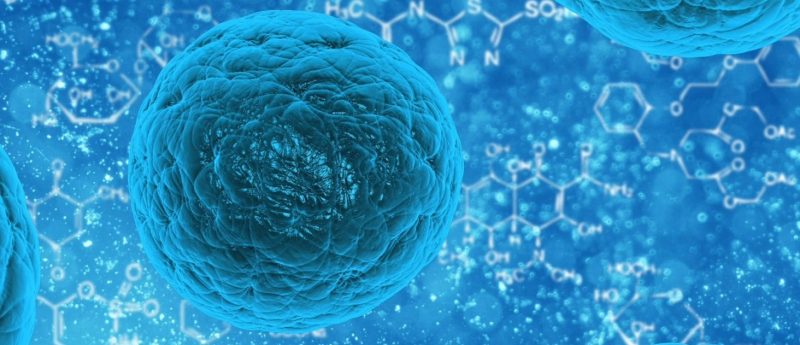Single small molecule converts human pluripotent stem cells into bone-building osteoblasts

Researchers from the University of California, San Diego (CA, USA) have demonstrated that a single molecule — adenosine — can help regenerate bone tissue in rodent models by reprogramming human pluripotent stem cells into osteoblasts that participate in repair when implanted in vivo.
Researchers from the University of California San Diego (CA, USA) have demonstrated that addition of adenosine into the growth medium can simply and systematically differentiate human pluripotent stem cells (hPSCs) into functional osteoblasts in vivo, and the resulting cells can repair cranial bone defects in rodents without the development of side effects such as teratoma formation.
The differentiation and proliferative abilities of hPSCs has long heralded them as a promising source for regenerative medicines and the development of physiologically relevant in vitro platforms. However, efficient conversion to particular cells that are able to function within the body is difficult, and risks complications around controlling differentiation and preventing the formation of teratomas.
The researchers were able to directly control the differentiation of hPSCs into functional osteoblasts via the addition of the nucleoside adenosine to the growth medium, demonstrated by expression analysis and the resulting cells’ production calcified bone matrix. “It’s amazing that a single molecule can direct stem cell fate. We don’t need to use a cocktail of small molecules, growth factors or other supplements to create a population of bone cells from human pluripotent stem cells like induced pluripotent stem cells,” explained senior author, Shyni Varghese (bioengineering professor at University of California San Diego).
When implanted in vivo within the rodent models using macroporous synthetic matrices, the human induced pluripotent stem cell-derived donor cells participated in the repair of bone tissue without resulting in the formation of teratomas. Furthermore, the newly formed osteoblasts developed functional attributes of native tissue, including vascularization and bone resorption.
This technique could therefore lead to development of an easy and economical method of manufacturing pure populations of osteoblasts for the treatment of critical bone defects and individuals with traumatic bone injuries. “One of the broader goals of our research is to make regenerative treatments more accessible and clinically relevant by developing easy, efficient and cost-effective ways to engineer human cells and tissues,” Varghese commented.
The team is now conducting further investigation of exactly how adenosine signaling promotes bone formation. Initial findings suggest that the adenosine-mediated osteogenesis of hPSCs involves the A2bR receptor, found on the surface of hPSCs, but further research is still required.
Sources: Kang H, Shih YV, Nakasaki M et al. Small molecule-driven direct conversion of human pluripotent stem cells into functional osteoblasts. Sci. Adv. 2(8), e1600691 (2016);
http://ucsdnews.ucsd.edu/pressrelease/researchers_use_a_single_molecule_to_command_stem_cells_to_build_new_bone